Imagine the unbridled joy of Aberdeen’s youngest citizens when wartime sweetie rationing finally ended in Aberdeen 70 years ago.
Unsurprisingly, city confectioners reported “the happiest customers were children, who made a rush for cakes of toffee and the first of the chocolate Easter eggs”.
The front page of the Late Final edition of the Evening Express on February 4 1953 broke the news that the ‘derationing’ of sweeties had been announced.
Join us as we take a look back at some long-gone confectioners, and the tough wartime restrictions imposed on sweet treats.
Only allowed two ounces of sweets a week
Food rationing was anything but short and sweet.
It was introduced in 1940, to ensure fair shares for everyone amid dwindling supplies during World War Two.
Each man, woman and child was issued with a ration book containing coupons to be used when purchasing items like sugar, meat, cheese and fats.
But as the war continued, more items were put on ration including sugar and chocolate, which were restricted in July 1942.
Each person over the age of five was allowed only 2oz (57g) of sweets a week, due to the scarcity of imported raw ingredients like cocoa and sugar.
By then, fruit, vegetables and fish were about the only foodstuffs not to be rationed, and fruit like bananas were a rarity.
Traditional sweets were wartime favourite
As if the war wasn’t miserable enough, Cadbury was forced to withdraw production of its Dairy Milk chocolate, because the Ministry of Food banned manufacturers from using fresh milk in 1941.
As ‘ration chocolate’ failed to hit the sweet spot with punters, it was the traditional sweetie shop treats that most children saved their precious pocket money and coupons for.
Boiled sweets, pear drops, cola cubes and toffee had fewer ingredients – and many could be made in the shopkeeper’s own premises, like the Mathieson family in Stonehaven.
Increased prices put Aberdonians off
There was jubilation when sweet rationing initially ended in April 1949 – but it was short-lived.
Confectionery went back on ration just four months later, when production became unsustainable to meet the demand of the British public’s insatiable sweet tooth.
‘Derationing’ of general foodstuffs began in 1948, but it was February 1953 before sweet rationing finally met its sticky end – nearly eight long years after the war ended.
Aberdeen’s confectioners braced themselves for a rush, but Aberdonians retained a sense of decorum and continued to queue nicely to spend the last of their coupons.
There was a steady flow of customers, with businessmen among the first to enter Union Street sweet shops in search of proper chocolate.
But one confectioner said: “People are not buying the large quantities they did last time sweets came off ration.”
Not doing the mean Aberdonian stereotype any favours, he added that he thought the increased price of postwar sweets would be even more of a deterrent in the city than rationing was.
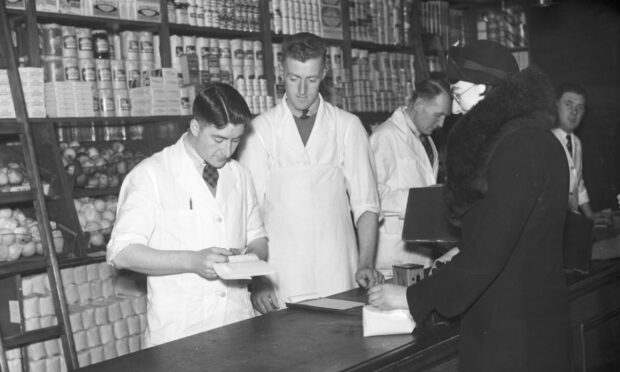
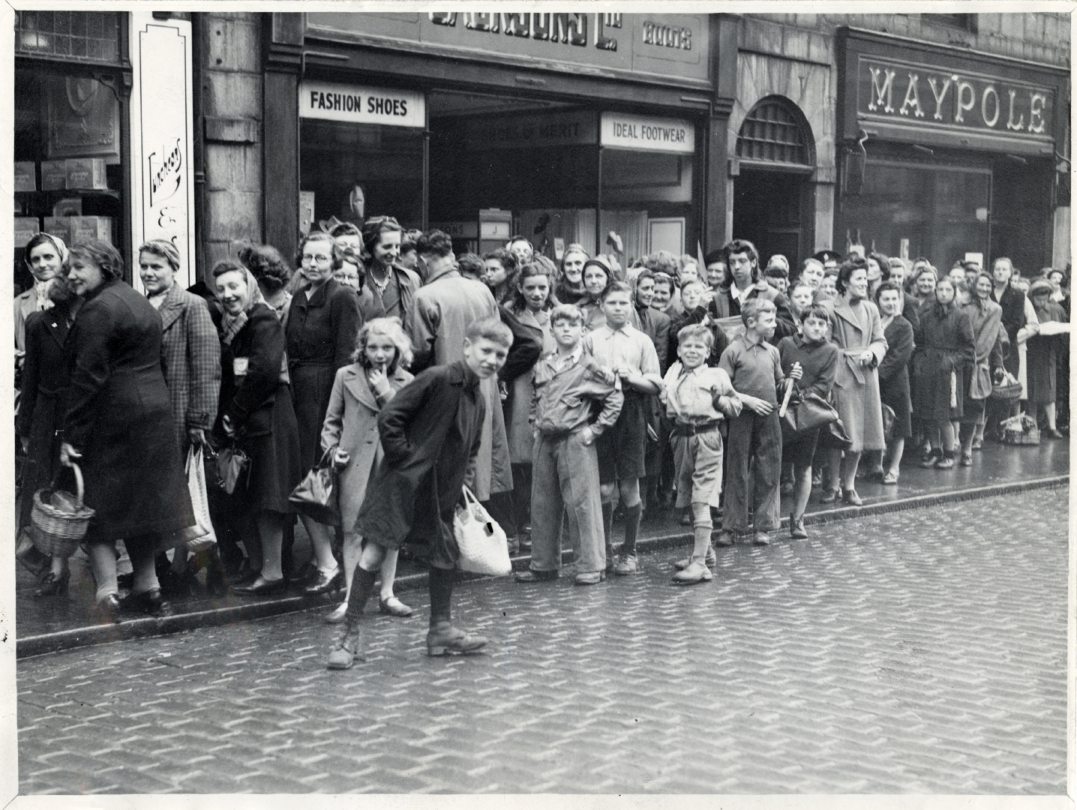
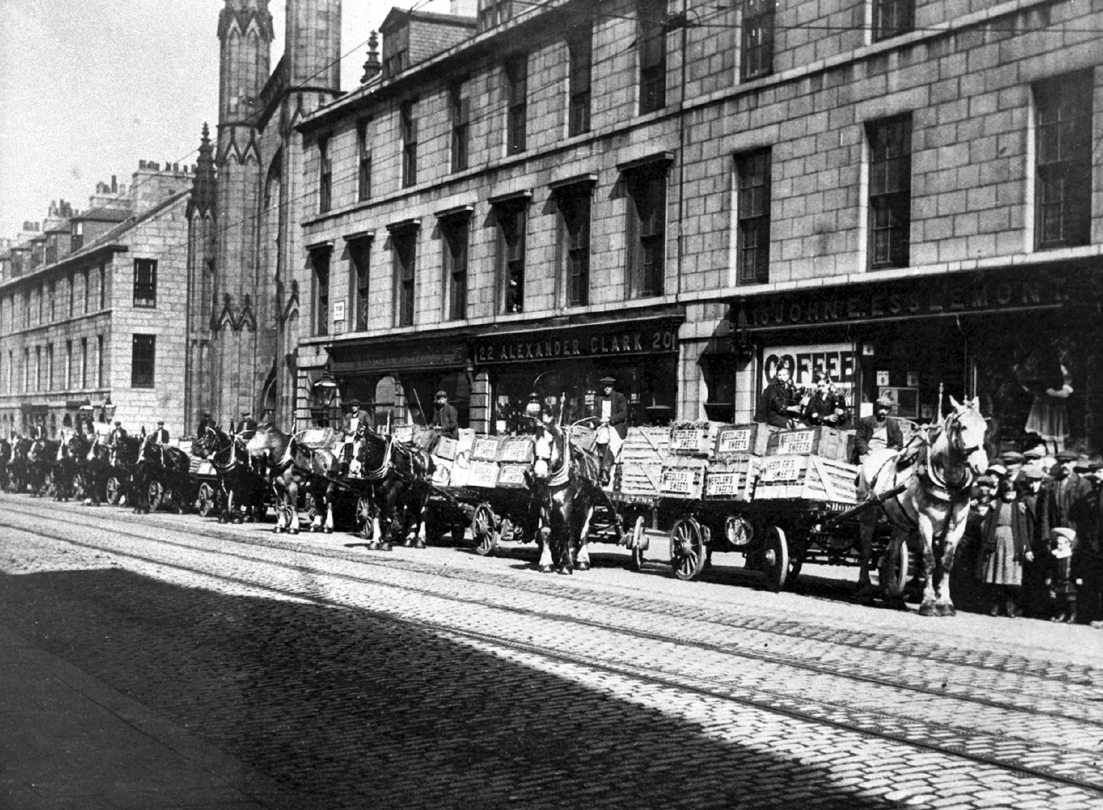
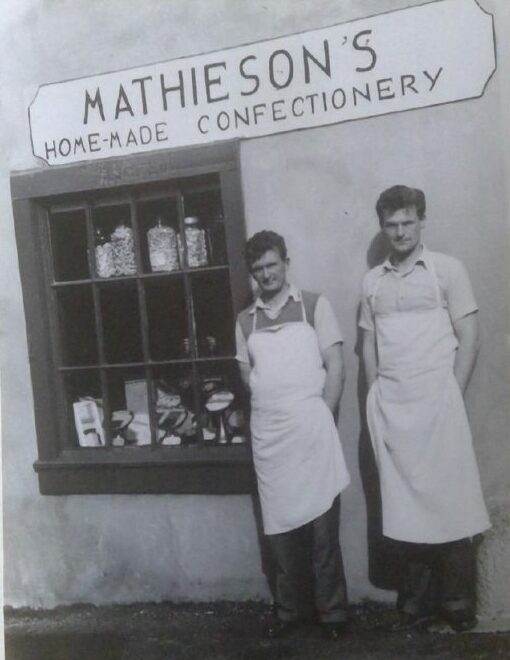
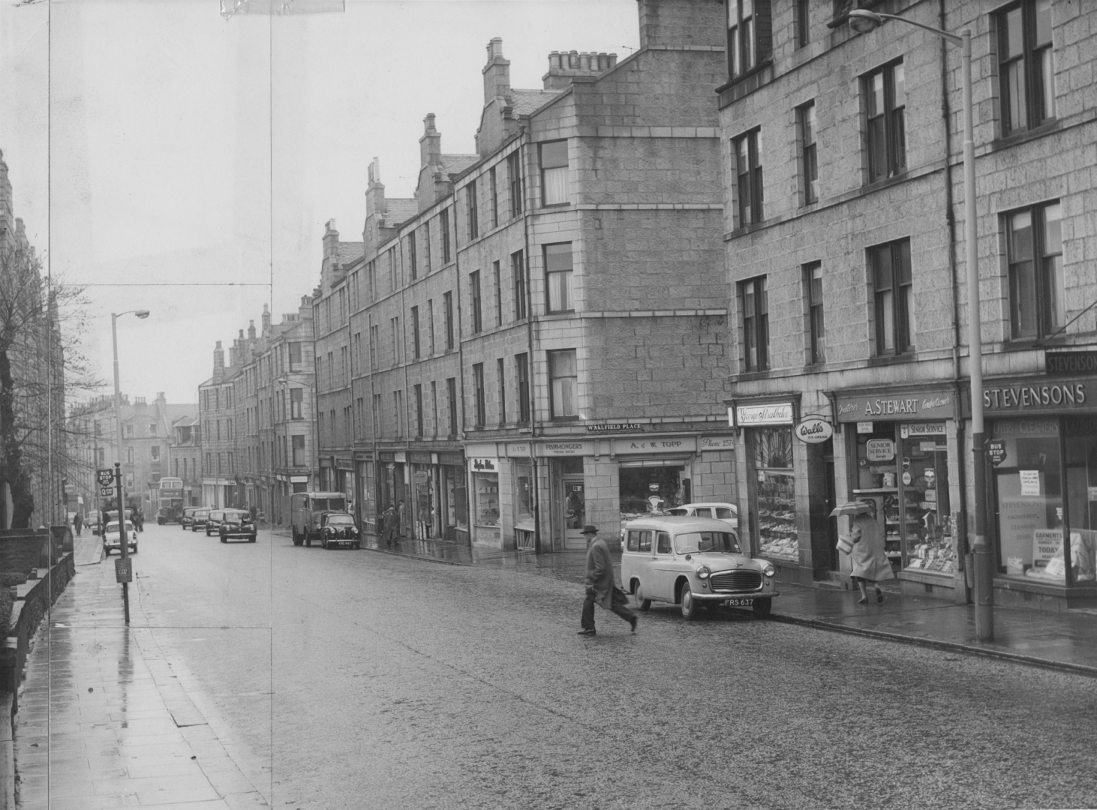

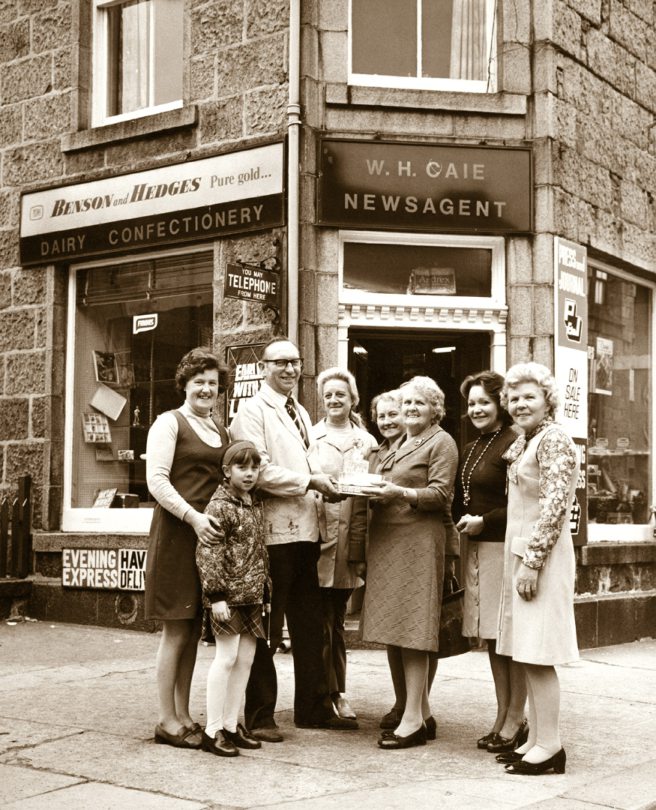
Conversation